Your cart is currently empty!

HARI Official Brand Site

“The warm, still air is pierced with the calls of macaws and Amazon parrots – all airborne, flying in pairs or groups. Others romp in the trees, displaying breeding behaviour or acting up simply because they can.”
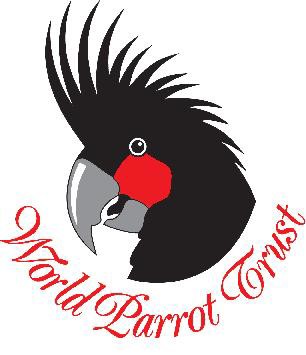
The warm, still air is pierced with the calls of macaws and Amazon parrots – all airborne, flying in pairs or groups. Others romp in the trees, displaying breeding behaviour or acting up simply because they can. They are miniature rainbows, these vibrant, social birds of every environment from rainforest to bone-dry caatinga and woodland. They are also in danger, in peril from the very beauty and intelligence they display. That is where the World Parrot Trust comes in as a beacon of hope for these animals, as many as 90 species of which are endangered.
The World Parrot Trust (WPT) was founded in 1989 at Paradise Park located in Hayle, Cornwall, UK by Michael and Audrey Reynolds, as well as Andrew Greenwood and David Woolcock. Since that year, the organization has been able to fund vital conservation work for 37 species of parrots in 22 countries, as well as introduce a global petition with 223 other organizations to end the importation of wild-caught parrots into the European Union, a massive undertaking that resulted in the collection of almost 33,000 signatures from 140 countries. The World Parrot Trust has also opened many worldwide regional branches in North America, Asia, Australia and Europe. These branches work to achieve the aims of the Trust, which are the survival of parrot species in the wild, and the welfare of captive birds everywhere.
All of the endangered parrots of the world face problems mainly due to habitat loss, logging and illegal trapping for the pet trade. While the World Parrot Trust helps out many different research projects, the organization and its regional branches have focused their greatest efforts on a group of threatened and endangered parrots called the WPT 12. With each project WPT uses the aims previously listed to achieve the protection of these parrots. The following describes each species and any current projects in progress.
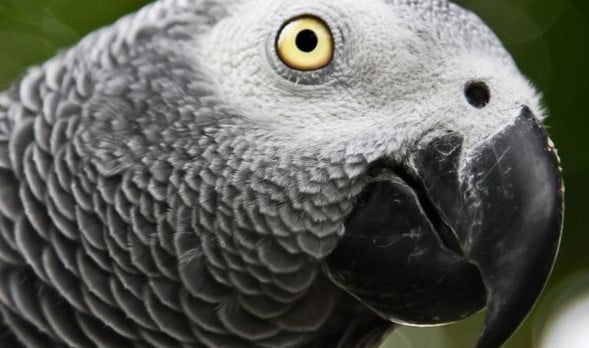
(Psittacus erithacus) 2004 IU CN Red List Category (evaluated by BirdLife International – the official Red List Authority for birds for IUCN): Least Concern
Large, grey and with a striking red tail, this vocal parrot is unmistakeable. Although it is not threatened worldwide, there is agreement that the indiscriminate trapping of this species will lead to its loss in West Africa in the near future. The global population is unknown. WPT has led a petition recently to ban the import of wild-caught parrots into the European Union, which would immediately affect these birds, as they are the second highest wild parrots imported. An ongoing study in Lobeke National Park by volunteers with the WWF aims to address issues related to the quantity of birds harvested in the area, trading routes and local networks, identifying capture sites, law enforcement, education, monitoring the species and studying its reproductive biology.
(Psittacula Echo) Critically Endangered
This parakeet is found only on the island of Mauritius in the Indian Ocean. Once widely but thinly distributed on a few islands in this area, the wild population is now at 100 individuals, up from a low of 12. The WPT has helped fund the work of Carl Jones and his team since 1990 to save the Echo parakeet, providing well over $150,000 US. Aviaries built by the Gerald Durrell Endangered Wildlife Sanctuary in Mauritius are used to house and hand-raise babies brought in from the field that would not survive otherwise, to maximize egg and chick survival. Aviary produced chicks are also fostered in wild nests when needed. This work has increased the Echo population by as many as 80 birds in two seasons.
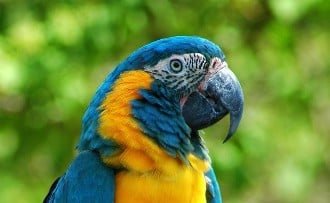
(Ara glaucogularis) Critically Endangered
This large macaw is endemic to a small area of the Amazon basin in northeast Bolivia, where it numbers from 50 to 100 birds. After remaining elusive for many years, this species was rediscovered in 1992 by Dr. Charles Munn. The World Parrot Trust is aiding the Bolivian government in locating and protecting these few remaining birds.
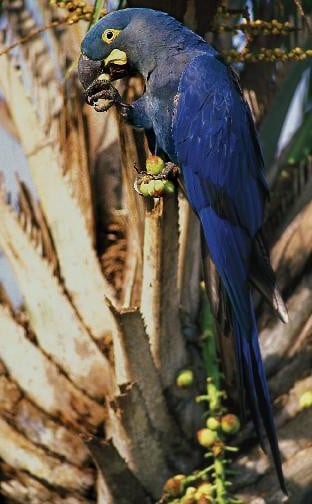
(Guaruba guarouba) Endangered
The Golden Conure is found south of the Amazon River in Brazil, in tropical rainforest. The global population of this species is unknown. Dr. Carlos Yamashita has studied and worked with the Golden Conure for many years. The WPT has helped with the Golden Conure Survival Fund, which has provided over $25,000 US to Dr. Yamashita’s vital work.
(Anodorhynchus leari) Critically Endangered
The Lear’s Macaw is found in a small area in Brazil. This vivid, blue bird inhabits dry terrain, roosting and nesting in sandstone cliffs. The wild population is approximately 250 birds. The WPT helps protect this species by funding BioBrasil, a successful Brazilian non-profit organization. BioBrasil employs scientific research, environmental education, land purchase, local community sustainable development and low-impact eco- tourism to achieve its goals of saving endangered wildlife and lands.
(Ara ambigua) Vulnerable
This macaw is found in the Caribbean and in South America. They flock near humid forests. The numbers are reduced to double digits in Costa Rica and it has been extirpated (a species no longer existing in this area, but occurring else- where) in much of its historic range. WPT’s Great Green Macaw Conservation Fund has raised over $20,000 to help this species. Oliver Chassot and Guisselle Monge Arias are studying these birds in Costa Rica with support from WPT.
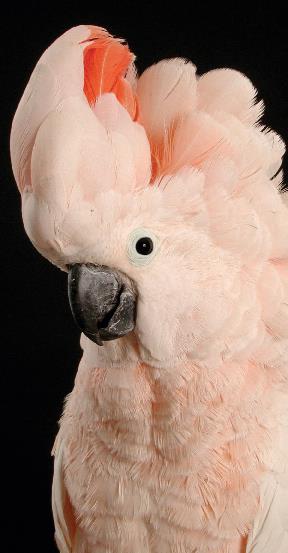
(Amazona imperialis) Endangered
The Imperial, a large Amazon, inhabits mountain rainforest in Dominica. Its numbers are estimated at between 80-100. The WPT has contributed funds to help purchase land for a national park, which will enhance the Imperial’s survival. The WPT also plans to follow through with other conservation action to help this bird. Along with Paul Reillo and the Rare Species Conservatory Foundation, the WPT has provided funds to build nest boxes which will allow them to view the birds directly or indirectly in areas such as foraging, nest cavity inspection with video devices. This procedure will also be done for the Red- necked Amazon which is also rare.
(Cacatua moluccensis) Vulnerable
This large, peach-coloured cockatoo hails from Seram and adjacent island in Indonesia. This species prefers lowland forest below 900m, roosting in noisy groups. The world population is thought to be above 8000. The Trust is supporting a program by Project Bird Watch that harvests and exports Molucca nuts, thereby encouraging protection of this bird’s habitat.
(Probosciger aterrimus) Not endangered
The very vocal and jet-black Palm Cockatoo is found in Australia and New Guinea. Its wild population is believed to be around 30,000. This little- known species will be better known because of the Palm Cockatoo Conservation Fund, which has been launched by WPT. The fund will be used to continue basic biological research of this species.
(Charmosyna amabilis) Endangered
This rarely seen Lorikeet is endemic to islands in the Fiji group, where it occurs only above 500m and below 1000m. The world population is considered to be less than 10,000. In collaboration with the Fiji National Trust the WPT funded a six- month expedition to locate, study remaining birds, with the long-term plan of protecting them. There is four other parrot species found on these islands.
(Amazona guildingii) Vulnerable
The St. Vincent is one of the largest amazons; it measures 40 cm from head to tail. This bird lives only on St. Vincent Island, in the Lesser Antilles. There were perhaps 800 birds by 1994. WPT has helped restore degraded habitat as well as providing veterinary help, allocating funds for field gear to conduct surveys.
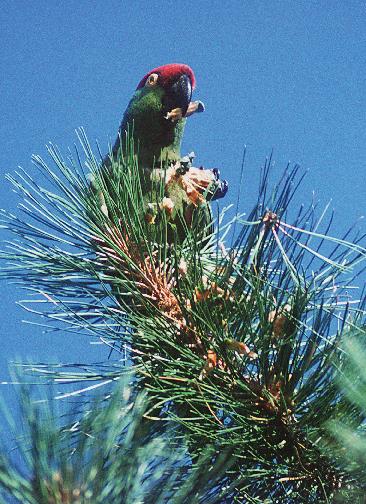
(Rhynchopsitta pachyrhyncha) Endangered
The Thick-billed parrot hails from western and central Mexico. Previously, it ventured as far north as Arizona and New Mexico. There are between 1000-4000 of these heavy-billed, green parrots in the wild. WPT has supported studies for the translocation of these birds, and assessing their habitat needs. Other objectives for the conservation of this species include: the study of breeding biology, documenting chick mortality causes, documenting foraging behaviour, screening wild bird diseases, developing new community-based conservation techniques for local people. Claudia Macias and Ernesto Enkerlin-Hoeflich are leading these studies.
The strength in our organization comes from a diverse group of people such as professional biologists, Zoologists, Veterinarians and caring individuals like yourselves. With more than 2000 worldwide members, the trust relies on the support for fundraising and awareness projects. Members receive copies of the Trust’s quarterly publication, PsittaScene, which highlights the work of the WPT, and can also support the trust by buying ‘parrot’ phenalia though its online stores in the US and the UK at www.worldparrottrust.org
The WPT relies on the donations and the fundraising efforts of its members to help these and other parrot projects. A question sometimes posed to the Trust: What happens to the money raised by the organization? With donated funds, research is possible. The money pays for lab equipment, vehicles, local help and tools to aid with the work. Local help is particularly important since it involves indigenous communities struggling with poverty. The process is important for protecting their heritage and livelihoods.
If they can protect their environment, a more sustainable economy can be achieved, for people, parrots and other animals. It has been estimated that protecting 50 of the most endangered species could have positive effects on 500 million acres of rainforest – a massive and sobering number. Since animals and plants are forever bounded together ecologically, it is vital the earth’s organisms for rainforests and other environments to remain intact and healthy.
The World Parrot Trust, through its many branches, uses its multi-faceted approach to conservation to great effect. Through restoring and protecting wild parrot populations and their habitats, educating the public on the issues facing wild and captive birds, building relation- ships with local communities and non-profit organizations and using the two disciplines of aviculture and preservation together, the World Parrot Trust achieves intelligent and reasonable conservation, in a world where extremes can sometimes dominate.
Sources: PsittaScene, Volume 15, No. 2, 3, 4, 2003, Volume 16, No. 2, 2004; The World Parrot Trust online; Rare Species Conservatory Foundation online; Parrots – A Guide to the Parrots of the World, Juniper and Parr, 1998; 2004 IUCN Red List, Birdlife International online; BioBrasil online, photo credits, WPT-UK.
By Desi Milpacher
One of the regional branches, the Canadian World Parrot Trust or CWPT, has been in existence since 1992, with Mike Pearson as its founding member. Since then the CWPT, through its dedicated volunteers, has supported a number of parrot conservation projects – most notably efforts to save the Dominican Amazons. Through the generous support of organizations like the Donner Canadian and Highbury foundations hundreds of thousands of dollars have been donated to the Dominica programme. Anyone interested in supporting the CWPT can contact: Canadian World Parrot Trust
Desi Milpacher is an aviculturist with a small flock in the Okanagan valley. She has a diploma in Animal Health Technology from the University College of the Cariboo (now Thompson Rivers University) and has eight years experience raising parrots.
Feature image photo credit: Blue-throated Macaw “Ara glaucogularis” ©2002 Sam Williams
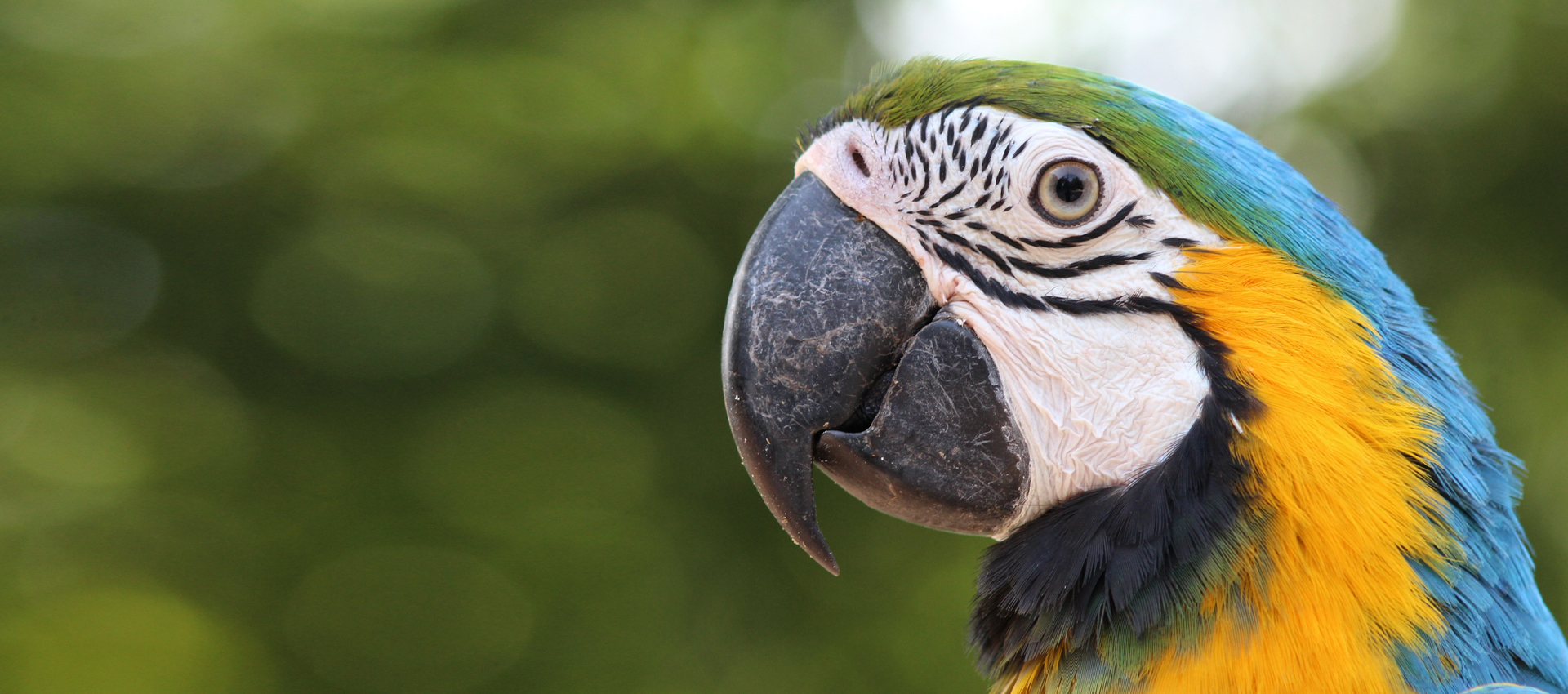
Raising awareness for the conservation, preservation, and education of both captive and wild parrot species – because their future is our concern.